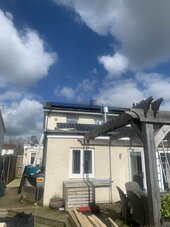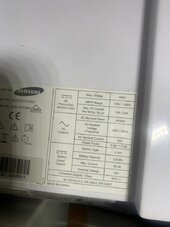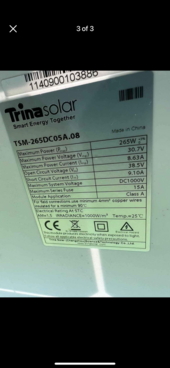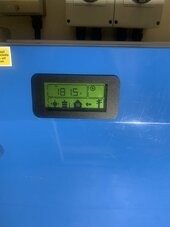My inverter says I am only producing 181v which seems low and producing 2.8kw
6 x 40Voc/panel = 240Voc
6 x 32Vmp/panel = 192Vmp
12 x 285 = 3420W STC
2800W / 3420W = 82% of STC
All of those seem reasonable.
Is it these I would need to get
Only if connecting strings in parallel.
And, when using MC4 connectors, ONLY use same brand, or pair of different brands that are UL listed for use together. Incompatible knock-off "MC4" connectors fail and cause fires.
I can't tell you for sure how to identify brands on your panels. Might be in documentation. "Stabuli" is the inventor and only source of genuine MC4. As for your extension wires, unless sold as Stabuli by a reputable store, they are probably something else.
My suggestion was to not use Y or other parallel connectors. Instead, connect the two 6s strings in series for 12s.
Disconnects are useful. Fuses/breakers are required for 3 or more parallel strings, but your inverters won't allow the current of 3 parallel strings. With your panels connected as 2 strings of 12 panels each, fuses and breakers aren't required.
Hi thanks for the reply I do have circuit breakers on each string
Double check voltage and other ratings. My suggestion of series connection will increase string voltage to 550V; are breakers rated for that? (if two 300V poles are ganged, that can work up to 600V)
Are the breakers rated for DC?
Are they "Polarized" (may show +/-) or non-polarized? Special care to get polarity correct when using polarized. Connect "+" to PV+, "-" to PV-










